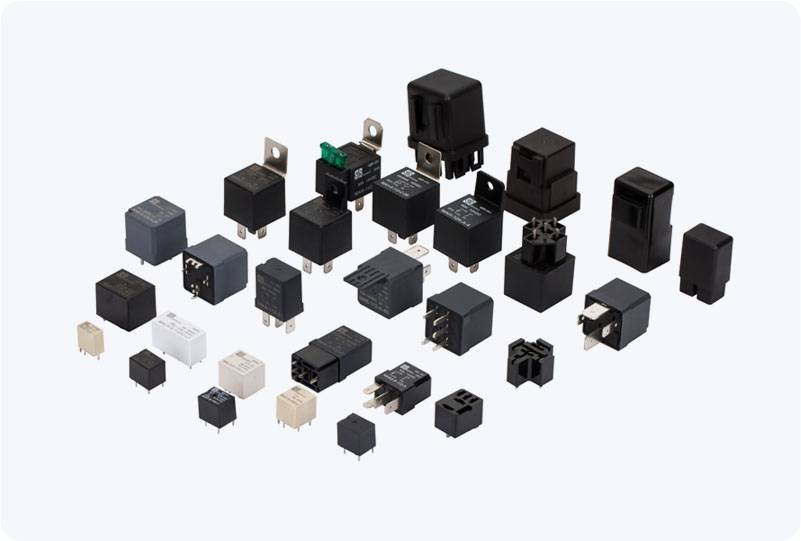understanding sil 3 communication relay: key to ensuring safety in critical systems
Release time:2025-11-17 19:19:03
In the modern world, where automation and connectivity are deeply integrated into industrial processes, ensuring safety in the event of a failure is paramount. This is where the concept of SIL 3 communication relay comes into play. SIL, which stands for Safety Integrity Level, is a measure of the reliability and performance of safety systems designed to reduce the risk of hazardous events. SIL 3, specifically, is a high-level classification that signifies a high level of reliability and a low probability of system failure. SIL 3 communication relays are essential components in safeguarding critical communication in industries where failure could lead to catastrophic consequences, such as in oil and gas, manufacturing, transportation, and energy sectors.

What is SIL 3 Communication Relay?
A SIL 3 communication relay refers to a safety relay device integrated into communication networks, designed to meet stringent safety standards. These relays are responsible for ensuring that communication between various system components remains operational even in the event of a fault or malfunction. In systems that operate under SIL 3 requirements, these relays play a crucial role in providing a layer of protection by facilitating safe, reliable, and continuous communication.
SIL 3 is part of a larger framework defined by standards like IEC 61508 and IEC 61511, which provide guidelines for designing safety systems in industrial environments. A system designed for SIL 3 needs to be capable of handling dangerous failures with a frequency of less than 1 in 10,000 years. This ensures that the safety function will be maintained, even in the face of hardware failures or operational disruptions.

